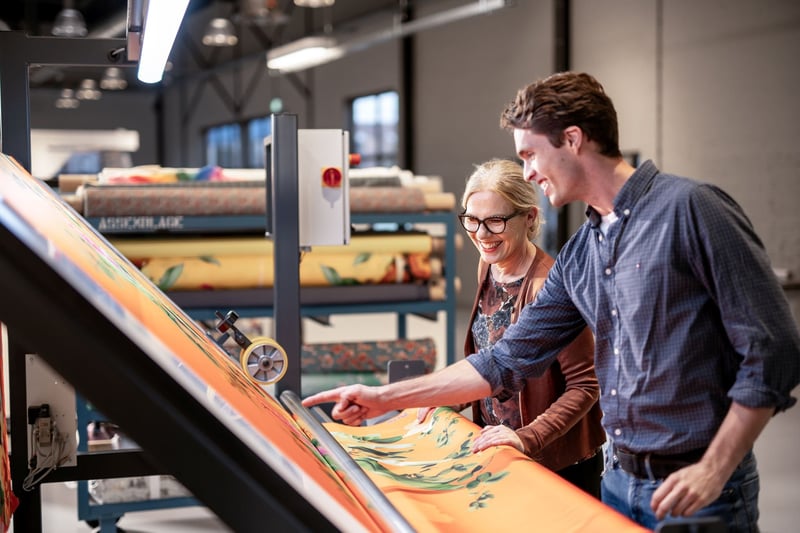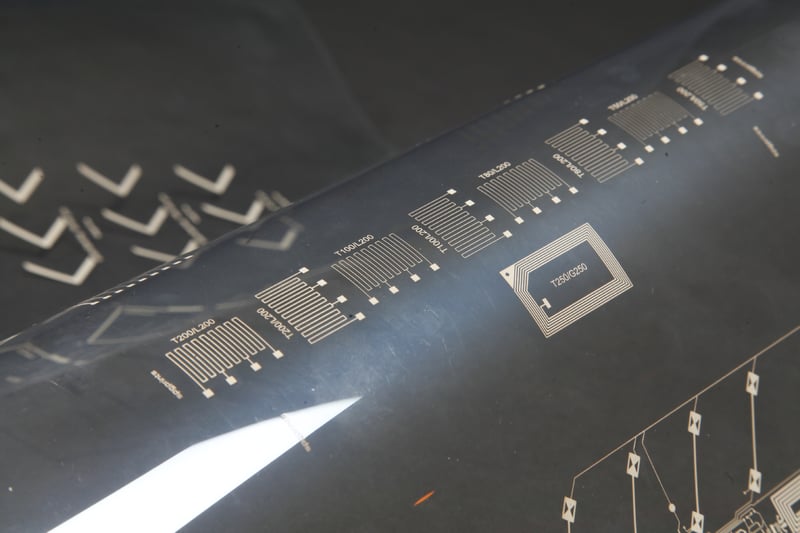Understanding the Shift to Production-as-a-Service in Printed Electronics
In the competitive world of printed electronics, companies often face the daunting prospect of investing in unproven technologies. The traditional model requires substantial financial commitments and exposes businesses to risks if the technology fails to meet expectations. PaaS addresses this challenge by acting as a bridge, enabling companies to experiment with cutting-edge printing technologies in a low-risk environment. This approach not only mitigates financial risks but also accelerates the adoption of innovative technologies in the industry.
Key Benefits of PaaS in Modernizing Manufacturing
The benefits of PaaS extend beyond mere cost savings. It introduces a level of flexibility and adaptability that is crucial for modern manufacturing. Companies can produce prototypes and small batches without the need for significant capital investment in new machinery. This flexibility allows manufacturers to test functional printing concepts and assess the viability of new technologies before committing to full-scale production.
Moreover, PaaS facilitates a seamless transition from traditional flatbed printing methods to advanced rotary screen printing. By providing a hands-on experience and direct involvement in the production process, companies can gain a deeper understanding of the new technologies. This knowledge transfer is invaluable, as it equips businesses with the expertise needed to make informed decisions about future investments and production strategies.
Overcoming Traditional Manufacturing Challenges with PaaS
Traditional manufacturing processes often present numerous challenges, including high initial costs, lengthy setup times, and the risk of obsolescence. PaaS offers a strategic solution to these challenges by allowing companies to explore new production avenues without the associated financial burden. By outsourcing the initial phases of production, businesses can focus on refining their processes and assessing the feasibility of new technologies.
Additionally, PaaS provides a platform for continuous improvement and innovation. As companies experiment with different materials, inks, and substrates, they can identify the most effective combinations for their specific applications. This iterative process ensures that businesses remain agile and responsive to changing market demands, ultimately leading to more sustainable and competitive manufacturing practices.
Case Studies: Successful Transitions to PaaS
Several companies have successfully transitioned to PaaS, reaping significant benefits in terms of efficiency and cost savings. For instance, a leading beverage manufacturer recently utilized PaaS to test RFID technology for their product labels. By partnering with a PaaS provider, they were able to experiment with various inks and substrates, ultimately developing a high-quality, cost-effective solution that met their production needs.
Another notable example involves a consumer electronics company that sought to enhance their production capabilities through PaaS. By leveraging the expertise of their PaaS partner, they were able to streamline their manufacturing processes, reduce waste, and improve product consistency. These case studies highlight the transformative impact of PaaS in modernizing manufacturing practices and driving innovation within the industry.
Future Prospects and Innovations in PaaS for Electronics
As the demand for printed electronics continues to grow, the role of PaaS in the industry is set to expand. Future innovations in PaaS will likely focus on enhancing scalability, improving material compatibility, and integrating advanced analytics for real-time process optimization. These developments will further solidify PaaS as a critical component of the manufacturing landscape, enabling companies to stay ahead of the curve in a rapidly evolving market.
Moreover, the integration of PaaS with emerging technologies such as the Internet of Things (IoT) and artificial intelligence (AI) will unlock new possibilities for smart manufacturing. By harnessing the power of data-driven insights, companies can optimize their production processes, enhance product quality, and reduce environmental impact. The future of PaaS in printed electronics is undoubtedly bright, promising continued innovation and growth for the industry.
Steps to Implementing PaaS in Your Manufacturing Strategy
Implementing PaaS in your manufacturing strategy requires careful planning and collaboration with a trusted provider. The first step involves identifying your specific production goals and challenges. By engaging in detailed discussions with your PaaS partner, you can align expectations and define clear objectives for the testing phase.
Once goals are established, the next step is to prepare for the test run by finalizing the selection of materials and setting up the necessary equipment. Collaboration and communication are key during this phase to ensure a smooth transition to the test day.
After the test, a thorough evaluation of the results will provide valuable insights into the performance of the new technology and inform future production decisions. By leveraging the expertise of your PaaS partner, you can refine your processes and scale up production with confidence.
In conclusion, PaaS represents a revolutionary approach to manufacturing in the printed electronics industry. By bridging the gap between traditional and modern processes, PaaS offers a flexible, risk-free solution for companies looking to innovate and stay competitive in a dynamic market.



